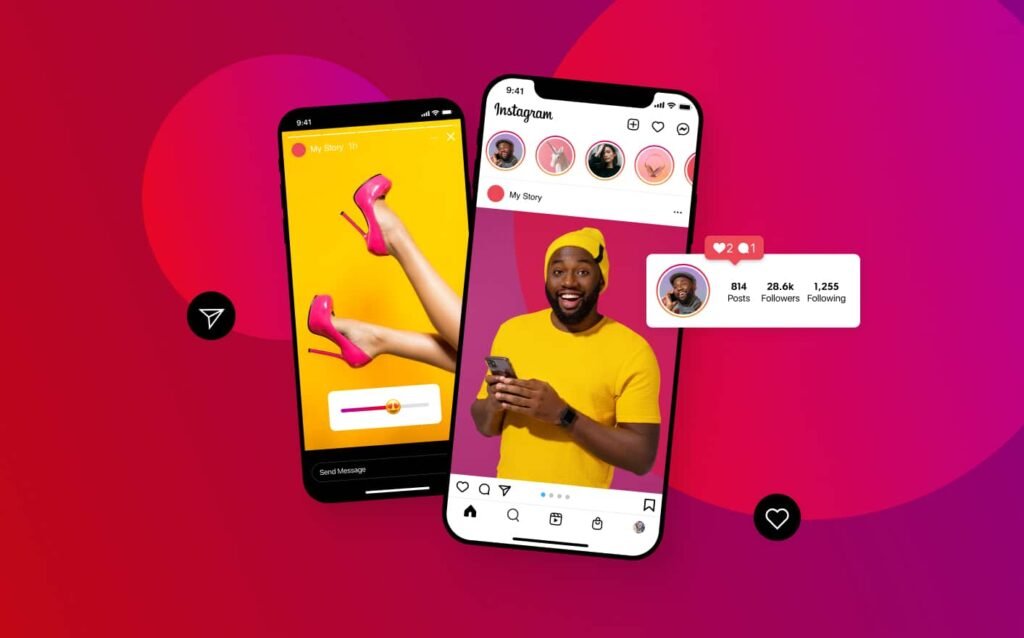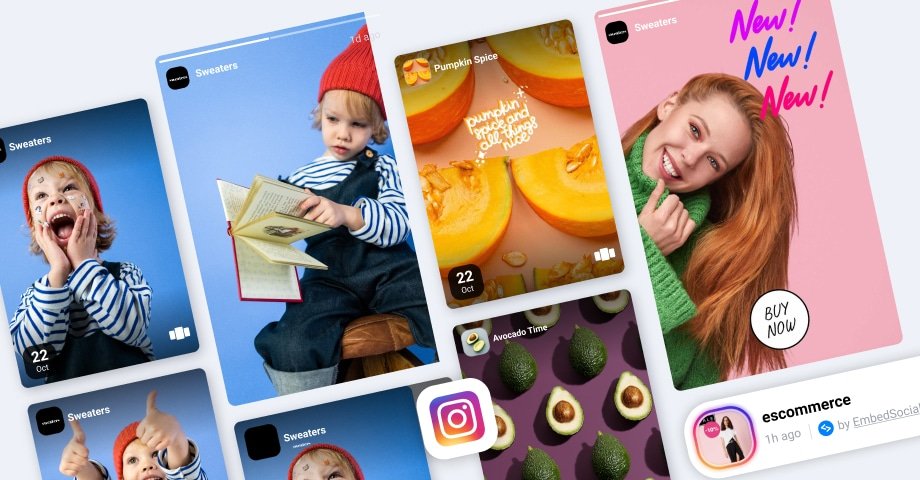Storytelling is one of the most powerful forms of communication in the world. Whether it’s on social media platforms, blogs, or conversations, sharing multiple perspectives on a topic can significantly enhance engagement and understanding. With the growing prominence of digital platforms, brands and individuals have found innovative ways to convey messages through multiple stories. This article will dive deep into how Your Topics | Multiple Stories can enrich the narrative experience and drive more engagement across platforms, offering a comprehensive guide for marketers, content creators, and storytellers looking to elevate their approach.
Understanding Diverse Perspectives Through Multiple Stories
In the realm of storytelling, diversity plays a critical role. Different people view and experience the same topic differently based on their background, experiences, and emotions. For instance, two people may have contrasting views on technology: one may see it as a tool for global connectivity, while another might view it as a source of isolation. By weaving these perspectives into a coherent narrative, brands can foster greater empathy and understanding among their audiences.

How Multiple Stories Create Depth
Exploring multiple stories around a single topic can lead to a deeper, more nuanced understanding. For example, when discussing the theme of hope, one person may share their story of overcoming illness, while another might talk about finding joy after a challenging breakup. These personal accounts create a rich, multifaceted conversation that resonates with a wider audience, making the storytelling experience more inclusive and relatable.
The Role of Context in Shaping Stories
Context is key in storytelling, influencing how a story is told and received. Factors such as culture, location, time, and personal experiences shape the way narratives unfold. Consider the concept of freedom. In one country, freedom might signify political autonomy, while in another, it could represent the ability to pursue personal ambitions. Context adds layers to storytelling, helping audiences relate to and understand stories on a deeper level.
Examples of Contextual Storytelling
In marketing, understanding the context is essential when crafting stories that resonate with different audience segments. For example, a travel brand could share a story about a solo traveler experiencing freedom in a remote mountain village, while another story might feature a family on a group tour. Both stories are about travel, but the contexts and experiences differ dramatically.

Engaging Your Audience with Interactive Story Elements
One of the most effective ways to engage audiences with “Your Topics | Multiple Stories” is by incorporating interactive elements into the storytelling process. Platforms like Instagram allow content creators to use polls, quizzes, and question stickers to encourage active participation. These tools not only make the content more engaging but also provide valuable insights into audience preferences and behaviour.
Benefits of Interactive Storytelling
Interactive features help to establish a two-way conversation between the storyteller and the audience. For instance, using polls can spark curiosity and increase engagement, as users feel more connected to the content by contributing their opinions. Quizzes or question stickers also allow brands to gather feedback, refine their storytelling, and tailor future stories to audience preferences.
Leveraging User-Generated Content for Authenticity
User-generated content (UGC) has become a goldmine for brands looking to add authenticity to their stories. Featuring content created by followers or customers helps build a community around a brand, while also keeping stories fresh and relatable. UGC fosters a sense of inclusion and trust, making audiences feel like they’re part of the story.
Strategies for Incorporating UGC
To incorporate UGC into “Your Topics | Multiple Stories,” brands can encourage followers to share their experiences, reviews, or even photos that align with the brand’s messaging. Highlighting these contributions not only strengthens the brand’s connection with its audience but also helps to diversify the types of stories being told, increasing engagement.

Best Practices for Organizing and Categorizing Stories
As your storytelling strategy grows, managing and organizing multiple stories can become challenging. Proper labeling and categorization can streamline your workflow and ensure that your content is easily accessible. By categorizing stories based on themes, projects, or audience segments, you can maintain an organized library of stories that are easy to retrieve and repurpose.
Tools for Story Management
Using tools like Instagram Story Highlights or website categories can help keep your content organized and evergreen. For instance, organizing Instagram stories into Highlights ensures that your most important stories remain visible beyond their 24-hour lifespan, offering continued value to both new and returning followers.
Expanding Reach Through Story Ads and Cross-Promotion
If you’re looking to amplify the reach of your stories, paid promotion and cross-platform promotion are two powerful strategies. Instagram Story ads, for example, allow you to target specific demographics and reach users outside of your immediate follower base. Similarly, sharing snippets of your stories across other platforms like Facebook, Twitter, or even email newsletters can help drive more traffic to your content.
Optimizing Story Ads for Maximum Impact
To make the most of story ads, it’s important to use eye-catching visuals, concise text, and clear calls-to-action (CTAs) that prompt users to engage with your content. Additionally, cross-promoting your stories on other platforms increases their visibility and encourages more engagement across your entire digital ecosystem.
Analyzing and Optimizing Story Performance
No storytelling strategy is complete without a robust system for analyzing performance. Most social media platforms provide analytics tools to help you track key metrics such as views, reach, and engagement. By regularly analyzing this data, you can identify which stories resonate most with your audience and refine your storytelling approach accordingly.
Key Metrics to Track
- Views: Indicates how many people watched your story.
- Engagement: Includes metrics such as taps, shares, replies, or votes (for interactive stories).
- Completion Rate: Tells you how many users watched your entire story, indicating overall interest and engagement.
By understanding these metrics, you can adjust your content to better align with audience preferences and optimize your storytelling for future success.
Building a Content Calendar for Consistency
A well-structured content calendar is essential for maintaining a consistent and strategic storytelling flow. Planning your stories in advance ensures that your content aligns with key themes, events, and audience expectations. A content calendar also helps avoid burnout by allowing you to batch content creation and strategically schedule stories for maximum engagement.
Tips for Creating a Content Calendar
- Identify Key Themes: Plan stories around important topics, events, or holidays.
- Schedule in Advance: Avoid last-minute rushes by scheduling content for weeks or even months ahead.
- Flexibility: Allow room for spontaneous stories to capture real-time moments, which can add authenticity to your overall narrative.
Conclusion: The Power of Multiple Stories
“Your Topics | Multiple Stories” is more than just a storytelling method—it’s a way to connect with your audience on a deeper level. By embracing diverse perspectives, leveraging interactive features, and organizing content strategically, brands and content creators can create engaging and meaningful stories that resonate with a broad audience. As you continue to experiment with and refine your storytelling techniques, remember that every story adds value, offering a unique opportunity to build empathy, foster connections, and drive engagement.
With a well-planned approach, the power of multiple stories can not only enrich your content but also propel it to higher rankings on platforms like Google, giving your brand the visibility it deserves.
Also Read This: Businessmanga.co.uk
